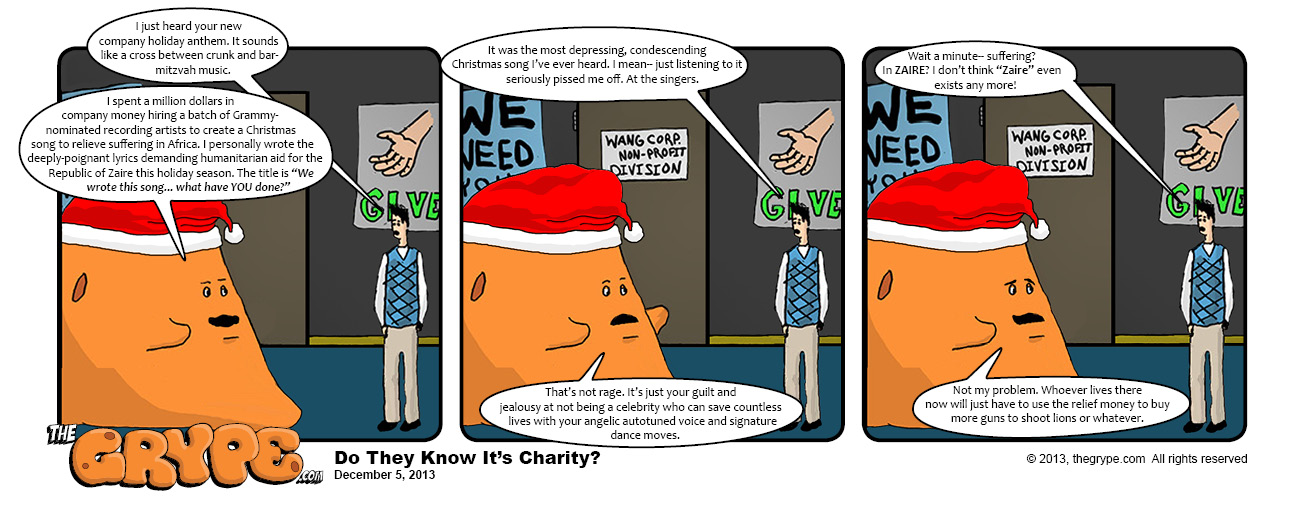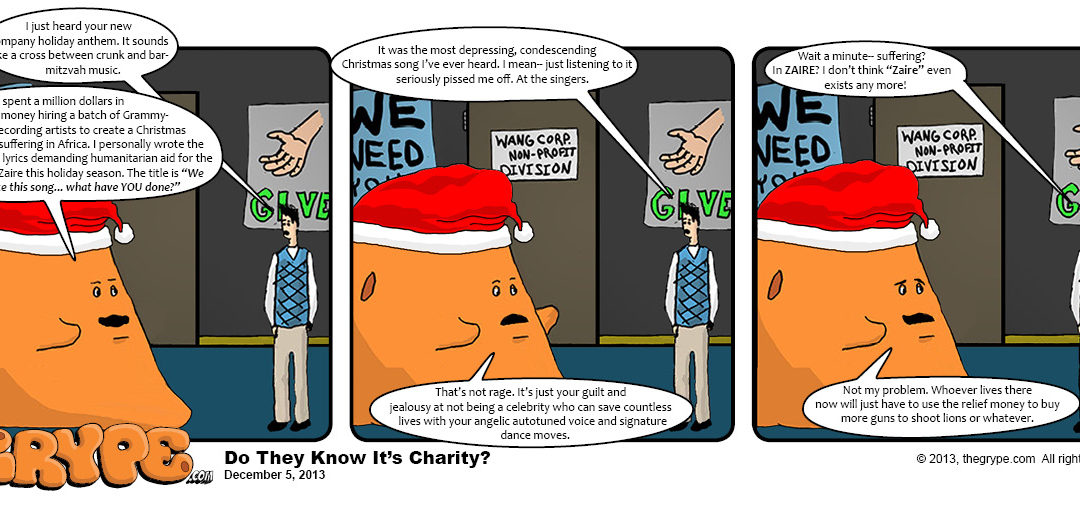 So now the pharmaceutical companies Bayer (the aspirin people) and Syngenta are suing the European Commission to overturn an overseas ban on the patented neonicotinoid death-juice they manufacture, because they apparently believe they have the legal right to kill off the bee population of Europe— or at least to sell their products in countries where they aren’t wanted. So how does THAT work?
So now the pharmaceutical companies Bayer (the aspirin people) and Syngenta are suing the European Commission to overturn an overseas ban on the patented neonicotinoid death-juice they manufacture, because they apparently believe they have the legal right to kill off the bee population of Europe— or at least to sell their products in countries where they aren’t wanted. So how does THAT work?
It sure looks like legal humbug to me. There’s a lot of that going around these days, with people constantly screaming that armies of scam artists roam our great nation like hordes of human locusts, fleecing our government aid programs (and draining the economy). But is that really true?
Let’s look at some facts I’ve gathered from the interwebs: according to the Association of Certified Fraud Examiners (ACFE), the typical civilian business loses 5% of its revenue to fraud each year. The industries most likely to be victims of fraud are the financial sector, government administration, and manufacturing. But the most telling bit of statistical information is this: ACFE reports that it’s the MANAGERS and EXECUTIVES who commit the worst of it. Corporate malfeasance! Who’d have guessed?
In 2002 a Congressional fact-finding study revealed that fraud in most Federal programs averages out at about 2% (technically less than the average for civilian businesses). A series of Inspector General reports claim there are “improper payment” levels of 20-40% in state TANF (Welfare) programs — but almost every single instance of such over-payments appears to be due to bureaucratic incompetence (eligibility and payment calculation or documentation ERRORS by program administrators) rather than intentional fraud by beneficiaries. It’s essentially the same thing with the SNAP program (Food Stamps). Fraud levels in SNAP are roughly equivalent to other welfare programs mentioned above: “Payment error” rates — money sent in incorrect amounts and/or to the wrong people — have declined from nearly 10% percent a decade ago to 3-4% percent today, and most of it can be tracked— AGAIN— directly back to government error, NOT active fraud. Most food-stamp fraud is apparently generated by supermarkets trafficking in the food stamps in an illegal manner. Beneficiaries intentionally ripping off the taxpayers account for no more than 1% of payments.
According to the FBI, the cost for Medicare fraud is anywhere from 3-10%, while Attorney General Eric Holder estimated that there is $60 to $90 billion a year in Medicare fraud and almost the same amount in Medicaid fraud — approaching 20%. Again, most of which is practiced by providers, NOT individual beneficiaries. Supplemental Security Income (SSI) and Social Security Disability Insurance (SSDI) programs are each estimated to be paying about 10% percent of their expenditures in fraudulent claims.
A lot of big fraud numbers are generated by defense contractor fraud — when companies providing defense materials for the government actively lie and overcharge America for the products they supply (or fail to supply)— as much as another $100 billion per year, roughly as much as Medicare and Medicaid combined.
All told, fraud in federal programs may approach $300 billion a year, so there IS fraud out there— but apparently only an extremely tiny amount of it (roughly 2%, total) involves individual recipients purposely gaming the system to receive more benefits than they are actually qualified to receive. That happens, but not very often. The actual bulk of real fraud in the system happens at the management level due to incompetence or internal embezzlement, with the biggest offenses committed by private contractors who purposely take unfair advantage of government programs and contracts.
So good news! Human greed and dishonesty get mostly trumped by institutional greed and incompetence. Um…hooray?

